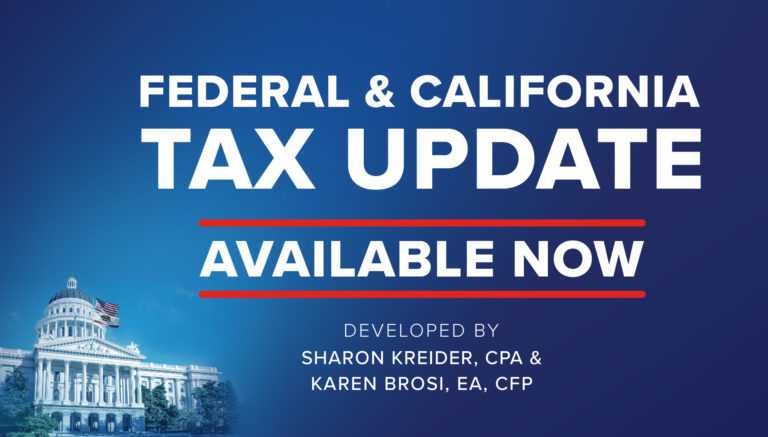
Deadline Approaching on California Small Business Hiring Credit
Article at a Glance:
- California enacts a Small Business Hiring Tax Credit for 2020 only
- Qualifying businesses must reserve the credit through the California Department of Tax and Fee Administration (CDTFA)
- Credit reservations begin December 1, 2020 and run through January 15, 2021
On September 9, 2020, California’s governor signed Senate Bill 1447 (Bradford, Stats. 2020, Ch.41) establishing the Small Business Hiring Tax Credit, sometimes referred to as the “Main Street Hiring Credit.” This bill provides financial relief to qualified small businesses for the economic disruptions in 2020 that have resulted in unprecedented job losses.
Taxpayers can use the credit against income taxes, or can make an irrevocable election to apply the credit against sales and use taxes.
To qualify for the credit, taxpayers (employers) must:
- Have 100 or fewer employees on December 31, 2019 (all employees, including part-time employees).
- Have experienced a 50% decrease in gross receipts from April to June, 2020, compared to the gross receipts in April to June
Example. Karen’s Business had $250,000 in gross receipts for second-quarter 2019 and $100,000 in gross receipts for second-quarter 2020. The percent of decrease in gross receipts is 60%. ($250,000 – $100,000 =$150,000. $150,000 ÷ $250,000 = 0.6 x 100 = 60%)
- Apply for a tentative credit reservation from CDTFA during the period of December 1, 2020 through January 15,
- Not be required or authorized to be included in a combined
The credits are allocated by CDTFA on a first-come, first-served basis until the credits are exhausted at $100 million.
CREDIT AMOUNT
Equal to $1,000 for each net increase in the monthly average number of employees, as measured in full-time employee equivalents. The net increase is a calculation, which is determined by subtracting the average monthly full-time equivalent qualified employees employed during the 3-month period (April 1, 2020 through June 30, 2020) from the average monthly full-time equivalent qualified employees employed during the 5-month period (July 1, 2020 through November 30, 2020).
Practitioner Point! The calculation involves several steps and two worksheets to arrive at the average monthly full-time equivalent employees for each period. For more information on computing the credit, visit CDTFA.
Qualified employee:
- Must be paid wages by the employer (subject to California Unemployment Insurance Code).
- Cannot receive wages that are used in the calculation of any other tax
- Is not paid as an independent
Each employer is limited to no more than $100,000 of this credit.
How TO CLAIM
- File your income tax
- Include a separate Small Business Hiring credit (FTB 3866) (coming soon) to claim this credit.
- Provide the certificate numbers when claiming these
- Use credit code 240 when claiming the
- Visit Instructions for FTB 3866 for more
- Unused credits may be carried over for 5 years or until
Any deduction otherwise allowed for qualified wages must be reduced by the amount of the credit allowed.
All employees of the trades or businesses that are treated as related under §267, §318, or §707 of the Internal Revenue Code shall be treated as employed by a single qualified small business employer.


